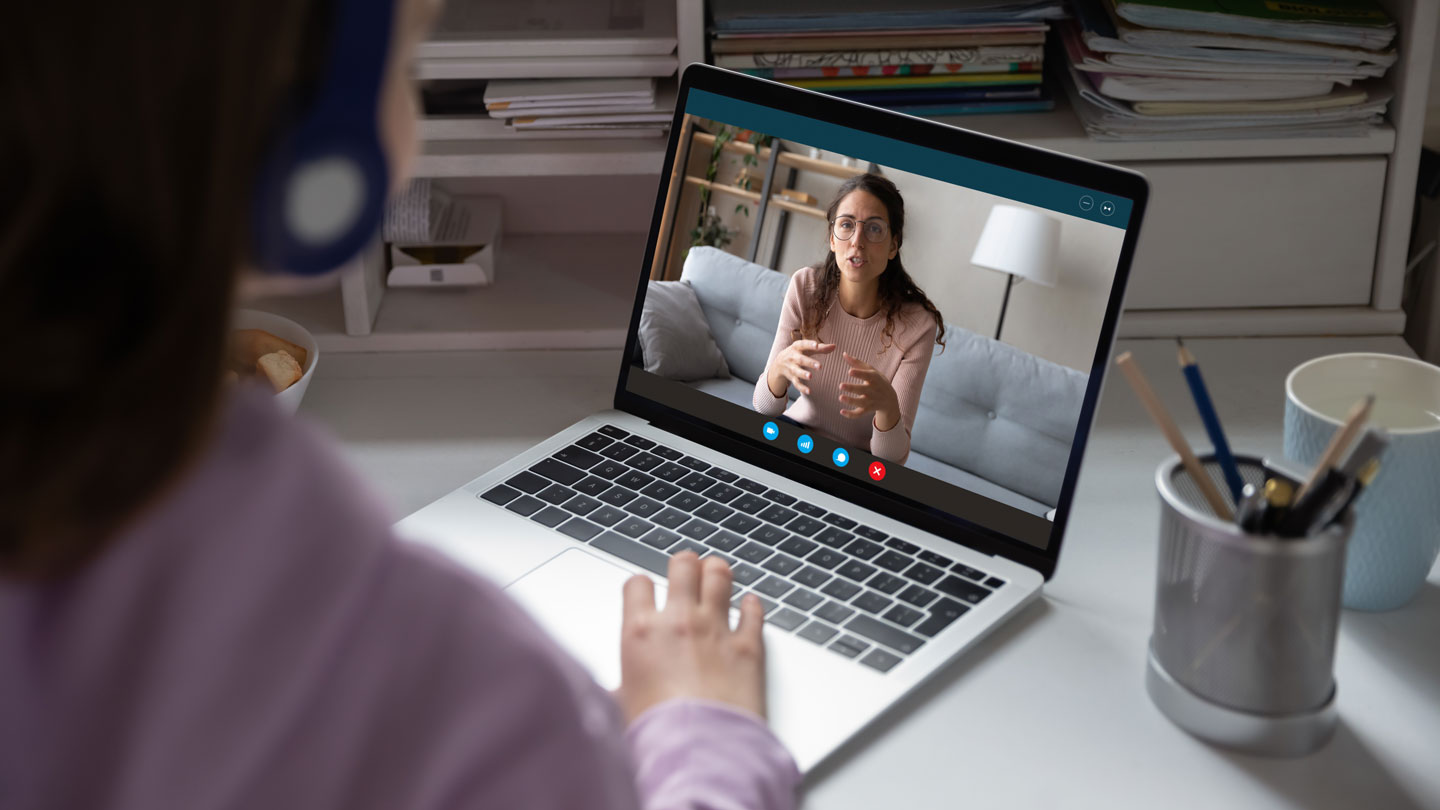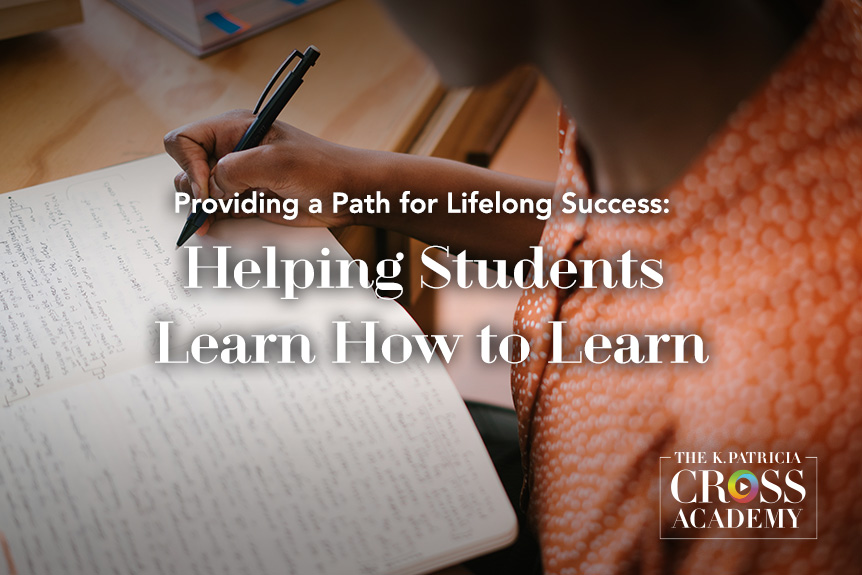
Higher education institutions have been scrambling to meet the demand for remote and online courses. This has been due in part to general growth trends in online enrollment, but it has also been accelerated out of response to the Covid-19 pandemic. Because of this, we have focused on helping faculty teach more effectively online.
In this blog, we turn our attention to the learning experiences these courses provide students. Understanding students’ experiences in online courses has implications on the effectiveness of teaching strategies. A look at published research shows several factors related to the quality of student experiences that faculty can address when developing their online courses.

Research on Student Experiences Online
Instructor Availability and Accessibility
Instructor accessibility is an important theme that emerges in research on student experiences of online learning. Students who have positive experiences tend to describe instructors as “being there,” “being quick to respond,” “responding within 24 hours,” and “bending over backwards to help.” They also share that instructors who are readily available are helpful to their learning and that they appreciate that these instructors are accessible for answering questions. Students describe these instructors as being clear and as communicating frequently.
Unfortunately, not all students have positive experiences with their online instructors. Students say their learning suffers when their professors are absent. Students with negative experiences in online learning describe their instructors as, “quite invisible” and “you didn’t see them.” Instructor absence makes students feel that the professors are “not interested in us,” and thus the students are less likely to approach them for help or to ask any questions. This leaves students feeling that their instructor does not think that they or their learning is important.

Instructors should consider how to make themselves present and available when teaching online. There are many ways to be there for students in online courses. For example, you can include a welcome, add your bio, contribute to discussions, and give timely feedback on student work.
Student Time Management
One of the most valuable skills online students can have is effective time management. The better that students manage their learning time, the easier it is for them to achieve their learning goals. Without the camaraderie of a class to motivate them or having a set time where they need to be on campus, effective time management is crucial to staying focused. Those who have good skills in this area tend to feel prepared for online learning and tend to feel that they can manage and learn online.
Some students express concern about their abilities to manage their time in online courses, however. When they come into online learning without effective time management skills, they may not remember to log in. They may not work sufficiently in advance to meet deadlines. Indeed, they may forget deadlines altogether. Obviously, lacking these essential skills can have a negative effect on their learning. Having an instructor who can help them, however, can mitigate the lack of skills.

Instructors should think through how to help students better time manage and how to help them develop the skills to do so. Consider using Lecture Engagement Logs. These are records that guide students in documenting the work they should be doing before, during, and after a lecture, but they can easily be adapted to scaffold work in conjunction with other course activities.
Lecture Engagement Logs
View main video here: View Technique →
View online adaptation here:
Collaborative Learning
Many students who are learning online want opportunities to connect with peers, and for good reason. One of the challenges students most often describe attending their learning online is the feeling of “isolation.” One student described such feelings as follows:
I feel isolated; I do not know my fellow learners well and I do not have the courage to phone them, to see if they feel the same distress as me, the same fears. I do not even dare to phone my instructor…The nature of distance learning makes me see everything from a distance.
Another student in an online course said this, “I haven’t talked with much of anybody this semester” and another said they “didn’t feel connected.” Another put it this way: “I have felt it . . . panic. . . isolation . . . frustration . . . anger.” Instances of isolation are often related to lack of communication or connection in the online classroom. Clearly these feelings can have a negative effect on student learning.
Students themselves appear to recognize that the social connection is critical to their learning. One student explained it this way:
It was pretty important to know that there were people out there who were feeling the same thing … It was a little bit scary. I was thinking can I do it; can’t I do it? … This might sound a little bit perverse, but it was reassuring to know that other people were feeling the same thing; that it was quite normal.
Students recognize that not only is the connection with the instructor important then, but it is also important that they establish and maintain connection with each other.
So, what is to be done? Collaborative learning involves two or more people working in a group to learn something together. Students who participate in collaborative learning capitalize on one another’s knowledge and skills. Usually, students working collaboratively search for understanding or meaning, solutions to problems, or they create a product. Collaborative learning tasks vary widely, but most often, they center on students’ exploration or application of the course material. Collaborative learning, at least on low stakes activities, can be critical in an online course. Consider for example trying a Jigsaw in your online course. In Jigsaw, students work in small groups to develop knowledge about a given topic before teaching what they have learned to another group.
Jigsaw
View main video here: View Technique →
View online adaptation here:
Conclusion
In conclusion, students take online courses for a number of reasons, and in the middle of a global pandemic, one of those reasons is that they simply have to in order to continue their education. Several factors influence their experience, some of which faculty have direct influence over. Instructors should work to establish presence in the absence of physical co-presence, work to help students manage their time and efforts in learning, and strive to create a sense of community.
Reference:
Blackmon, S. J. & Major, C. H. (2012). Student experiences in online courses: A qualitative research synthesis. Quarterly Review of Distance Education, 13(2), 77-85.
Suggested Citation
Barkley, E. F., & Major, C. H. (n.d.). What do we know about student experiences of online learning?. CrossCurrents. https://kpcrossacademy.org/what-do-we-know-about-student-experiences-of-online-learning/

Engaged Teaching
A Handbook for College Faculty
Available now, Engaged Teaching: A Handbook for College Faculty provides college faculty with a dynamic model of what it means to be an engaged teacher and offers practical strategies and techniques for putting the model into practice.





